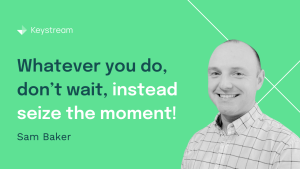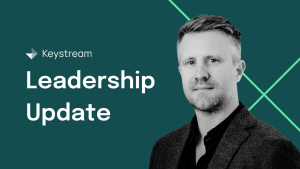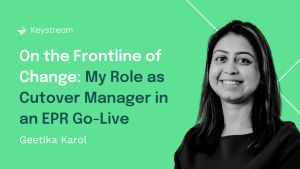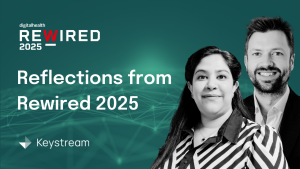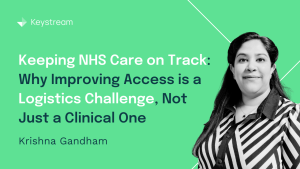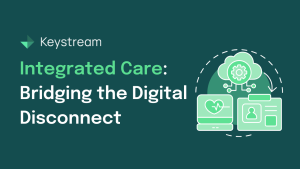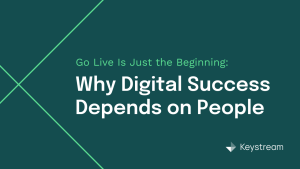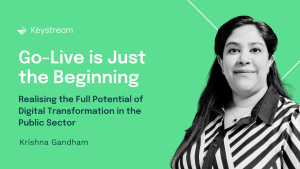20.07.2023
The ADDIE Model: A Powerful Framework for Effective EPR Training and Support
Introduction
Implementing a new Electronic Patient Record (EPR) system in the NHS requires meticulous planning, and training forms a crucial part of this process. A well-established framework for structuring this training is the ADDIE model. ADDIE, which stands for Analysis, Design, Development, Implementation, and Evaluation, provides a step-by-step process that ensures effective training and support. But how does ADDIE apply to EPR training?
Analysis
The analysis phase forms the bedrock of the ADDIE process. In this stage, the training needs of your NHS organisation are identified. What skills and knowledge do your staff need to operate the new EPR system effectively? Who are the learners, and what are their existing skill levels? Understanding these elements allows you to create a comprehensive training plan tailored to your organisation’s needs.
A thorough Training Needs Analysis is crucial to understanding how many staff groups exist within your organisation as well as which processes and workflow that they need to be trained in. This critical piece of work also allows you to understand how many role specific courses you will need to provide. Often, the number is 30+ individually tailored Lesson plans and in some cases up to 60 courses for the implementation phase.
Design
Once the training needs are understood, the next step is to design the training programme. This involves outlining learning objectives, planning the instructional strategy, and organising the course content. The aim is to create an engaging, user-focused training programme that effectively imparts the necessary knowledge and skills.
It is crucial to understand which courses should be offered as remote/eLearning and which content needs to be delivered as hands on classroom instruction. Which staff groups will benefit from bite size video instruction/demonstrations and who needs to have a blend of all the above?
Development
In the development phase, the actual training materials and resources are created. This could include eLearning modules, quick reference guides, lesson plans, and hands-on exercises. It’s important to ensure the materials align with the learning objectives outlined in the design phase.
Implementation
This is where the training is delivered to the staff. Implementation can take many forms, including classroom training, online learning, or a blended approach. It’s important to consider factors like schedule, location, and training environment to ensure a smooth and effective learning experience. This phase is all about implementing the decisions made in the design phase.
Evaluation
Traditionally, the evaluation phase comes at the end of the ADDIE process. It involves assessing the effectiveness of the training and identifying areas for improvement. However, when it comes to EPR training, we recommend incorporating evaluation at the end of each phase of the ADDIE model. This ensures a continual feedback loop that helps make the training as effective as possible. Evaluating every phase is critical in understanding what went well and what didn’t go as planned and what important lessons can be learned and disseminated to the organisation.
Conclusion
The ADDIE model, with its systematic and iterative approach, is a powerful framework for EPR training and support. By incorporating evaluation at every phase, you create a feedback-rich environment that promotes continual improvement and ultimately leads to more effective training.
